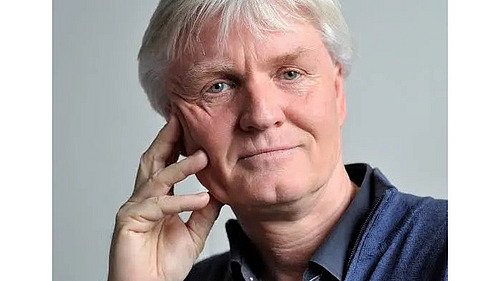Quantum technologies promise a change of paradigm for many fields of application, for example in communication systems, in high-performance computing and simulation of quantum systems, as well as in sensor technology. However, he experimental realization of suitable system still poses considerable challenges. Current efforts in photonic quantum target the implementation of practical and scalable systems, where the control of all degree of freedom of quantum light is key for many applications.
We explore different, but compatible approaches to overcome current limitations for the realization of quantum photonic integrated circuits (Q-PICs) and multi-dimensional photonic systems: non-linear integrated quantum optics, pulsed temporal modes and time-multiplexing.
Q-PICs enable the implementation of compact and stable photonic systems. The use of structures with waveguides, which harness a χ(2) –non-linearity, allows for the realization various devices with different functionalities. These include parametric downconversion sources for photon pair generation with extraordinary brightness, quantum frequency conversion with tailored spectral-temporal properties, and complex circuitries comprising linear elements, and active elements such as polarization rotators or an electro-optically modulators. Thin-film lithium niobate (TFLN) structures enable the realization of miniaturized and scalable systems.
Pulsed quantum states of light are an attractive resource for quantum communication and optical quantum measurements. The temporal-spectral degree of freedom offers distinct advantages for light-based quantum technologies. Temporal modes (TM) of quantum light pulses can be defined as field-orthogonal wave packet states, which are specified by their envelope functions and typically span a high dimensional system. They constitute a fiber-compatible high dimensional basis, because they occupy a single spatial mode. Over the last years we have demonstrated the control of the TM structure of quantum light by using engineered, non-linear processes for state preparation as well as for state manipulation and detection. We use highly efficient devices based on non-linear waveguide structures for the preparation and manipulation of TMs by means of engineered PDC and our quantum pulse gate (QPG) setups.



